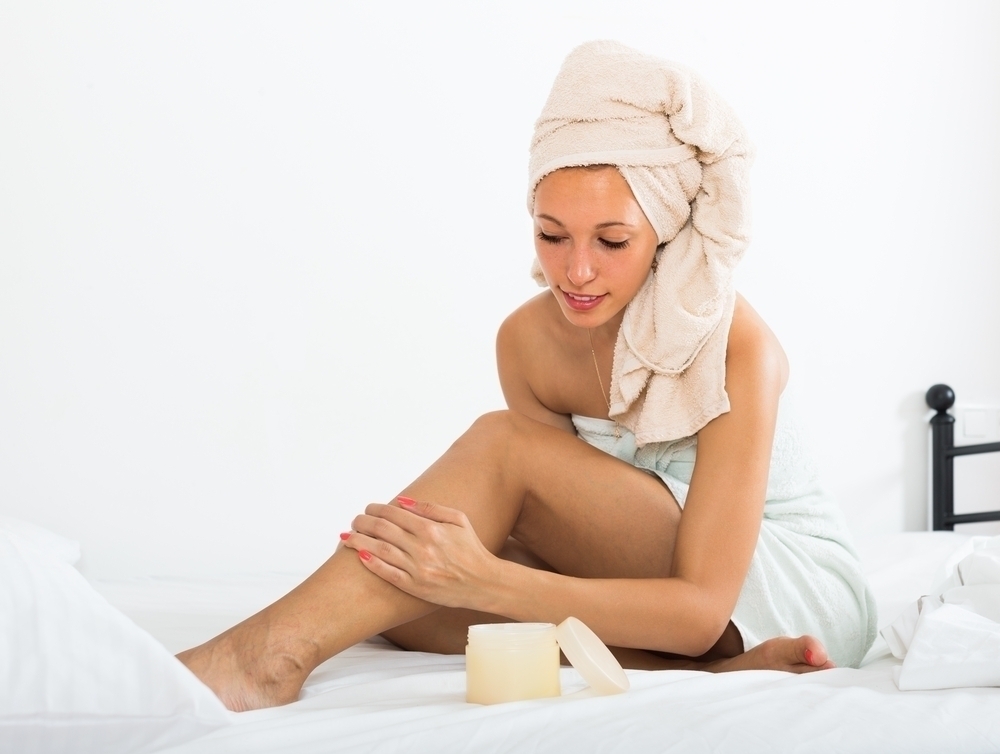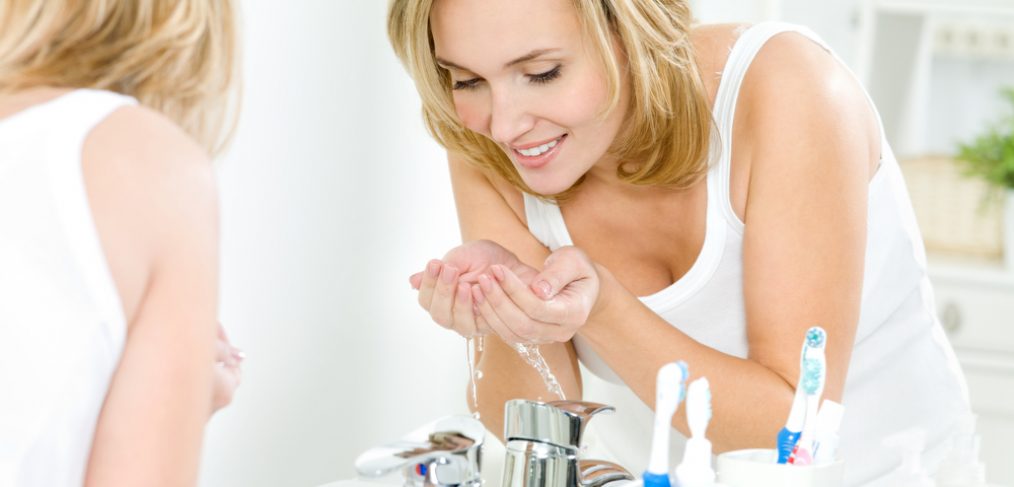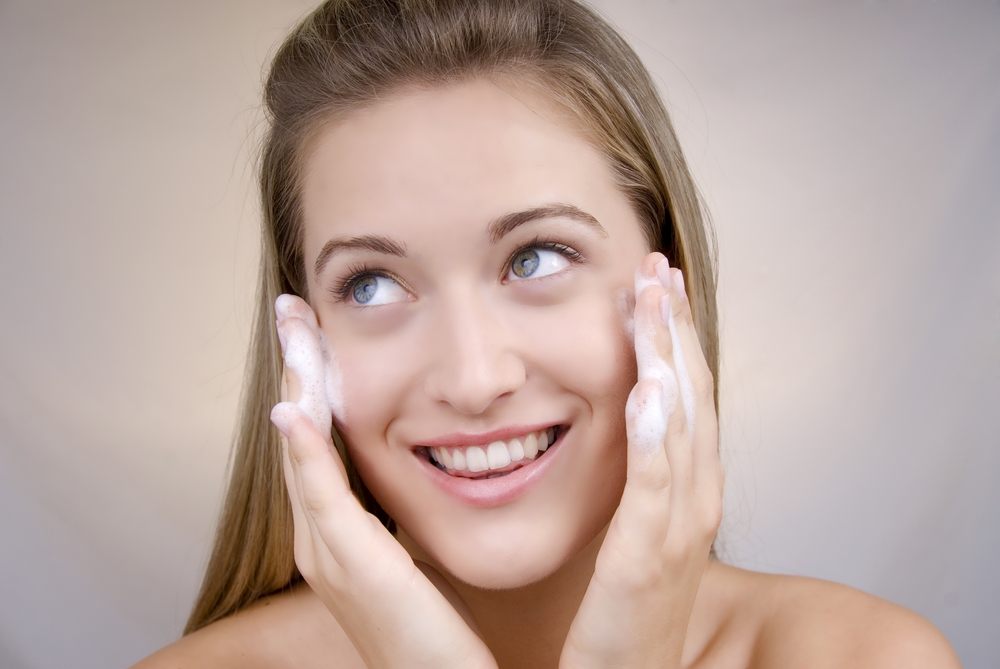We all want our skin to look its best, which is why it’s important to take good care of it. After all, it’s not just a blank canvas for makeup; skin is our body’s largest organ! Eating a healthy diet, which should include plenty of leafy green vegetables and healthy fats, staying well-hydrated, and getting a solid night’s sleep every night should be the base of your skincare routine.
Unfortunately, even the best skincare routines can’t keep every single breakout at bay. Hormonal acne, food sensitivities, environmental factors, and even stress can trigger a breakout. When dealing with blemishes, there are a few important things to remember. The last thing you want to do is make it worse and the following advice will help get your skin clear again.
Hands Off
It’s easy to look at a big, ugly pimple and think popping it will make things better, but it won’t. Your hands can introduce new bacteria to the breakout and make it worse. Even squeaky-clean hands can spread bacteria from an existing pimple to otherwise clear skin, creating new breakouts. Not to mention, the pressure and aggravation caused by picking at blemishes can cause damage to the skin and lead to scarring.
Cleanse
Properly cleansing your skin can help start the healing process. All you need is a gentle cleanser and warm water. When shopping for cleansers, look for ingredients that can treat blemishes without overdrying your skin. Salicylic acid in low percentages can be quite effective and ingredients like chamomile or aloe vera help calm inflamed skin. To wash your face: wet your skin with warm water and apply a dime-sized amount of cleanser with your (clean!) fingertips. Using gentle, circular motions, massage the cleanser into your skin. Rinse with warm water and pat dry with a clean towel.

Moisturize
While your skin is still damp is the perfect time to apply a moisturizer. Often, we think we need to dry our skin out to heal pimples, but well-hydrated skin will heal quicker and look better in the process. Those with acne-prone or oily skin should look for oil-free moisturizers. Normal and dry skin types can use richer formulas suited to their individual needs. All skin types can determine if their moisturizer is right for them by seeing how their skin feels within 5 minutes of application. If your skin feels dry, you need a more hydrating moisturizer. If it feels tacky or greasy, you need a lighter, or oil-free option.
Treat
Finally, applying a spot treatment can help clear your skin when time is of the essence. There are hundreds of over-the-counter treatments available; look for ingredients like sulfur or benzoyl peroxide to help dry up pimples. For a d.i.y. treatment, apply a small amount of raw honey to the affected area for about 15 minutes before rinsing off. Since honey is naturally anti-microbial and anti-inflammatory, it can treat blemishes without being quite so harsh on the skin.
Following these tips will help you wake up in the morning with clearer skin. Remember that most of all, your body needs good nutrition, hydration, and sleep to heal breakouts and repair damage. Treat your body with t.l.c. and your skin will be clear again in no time!









